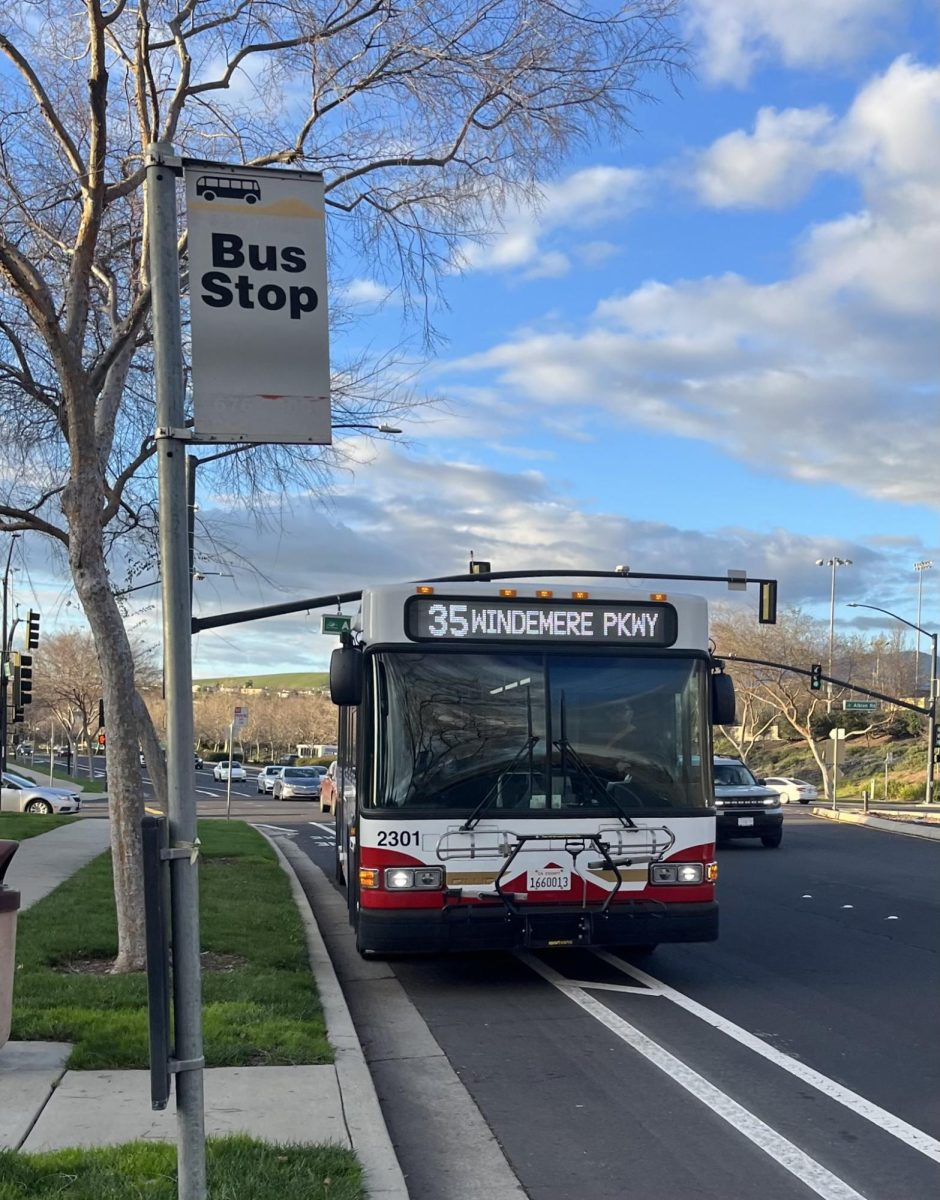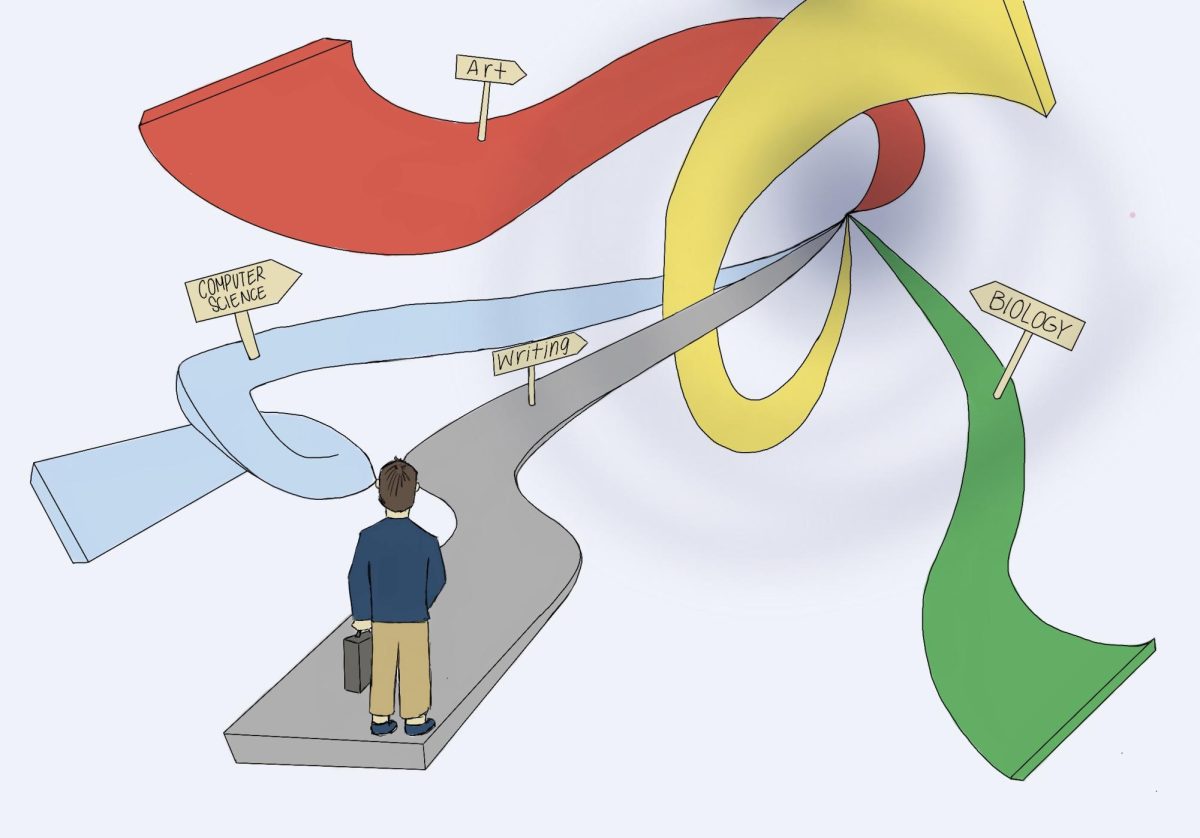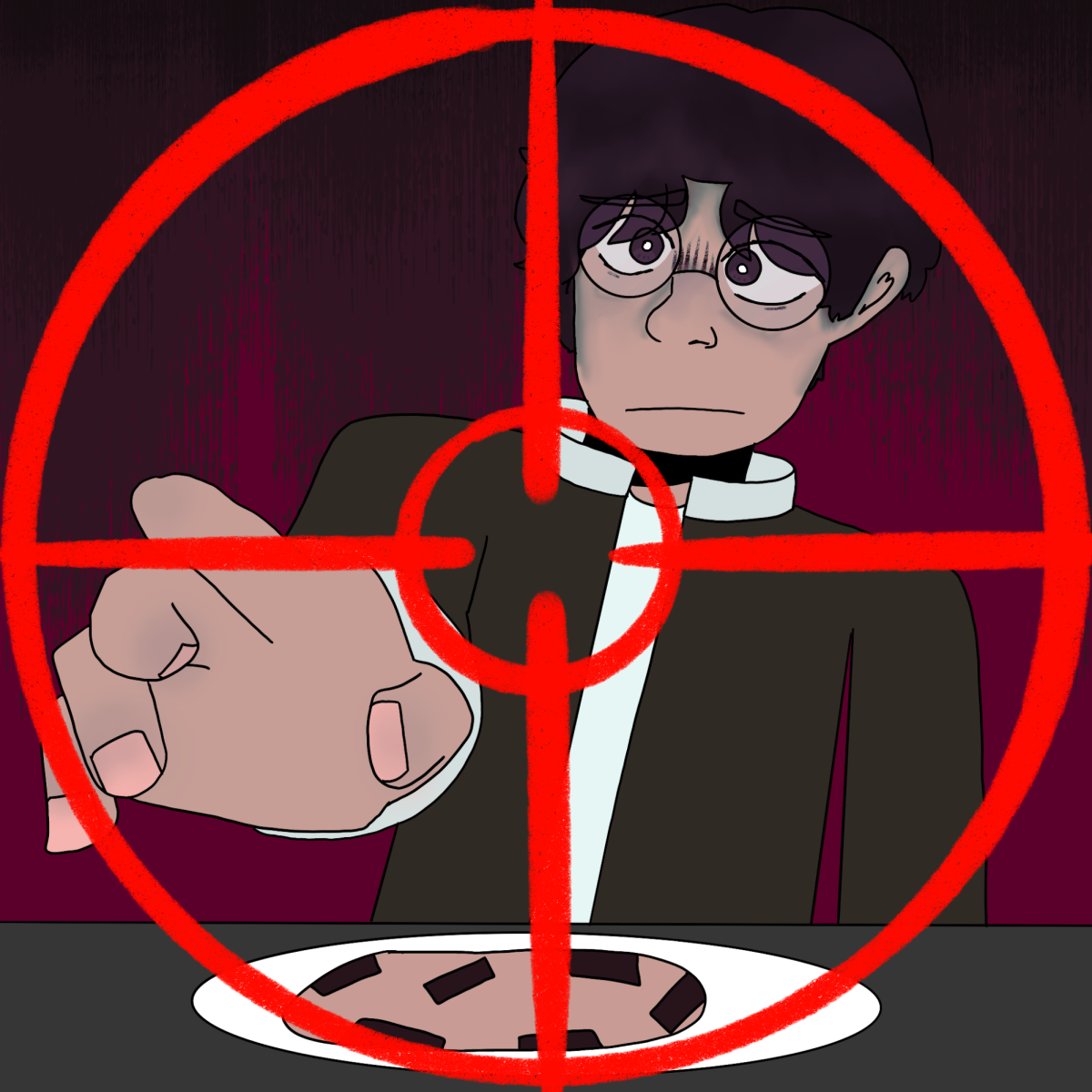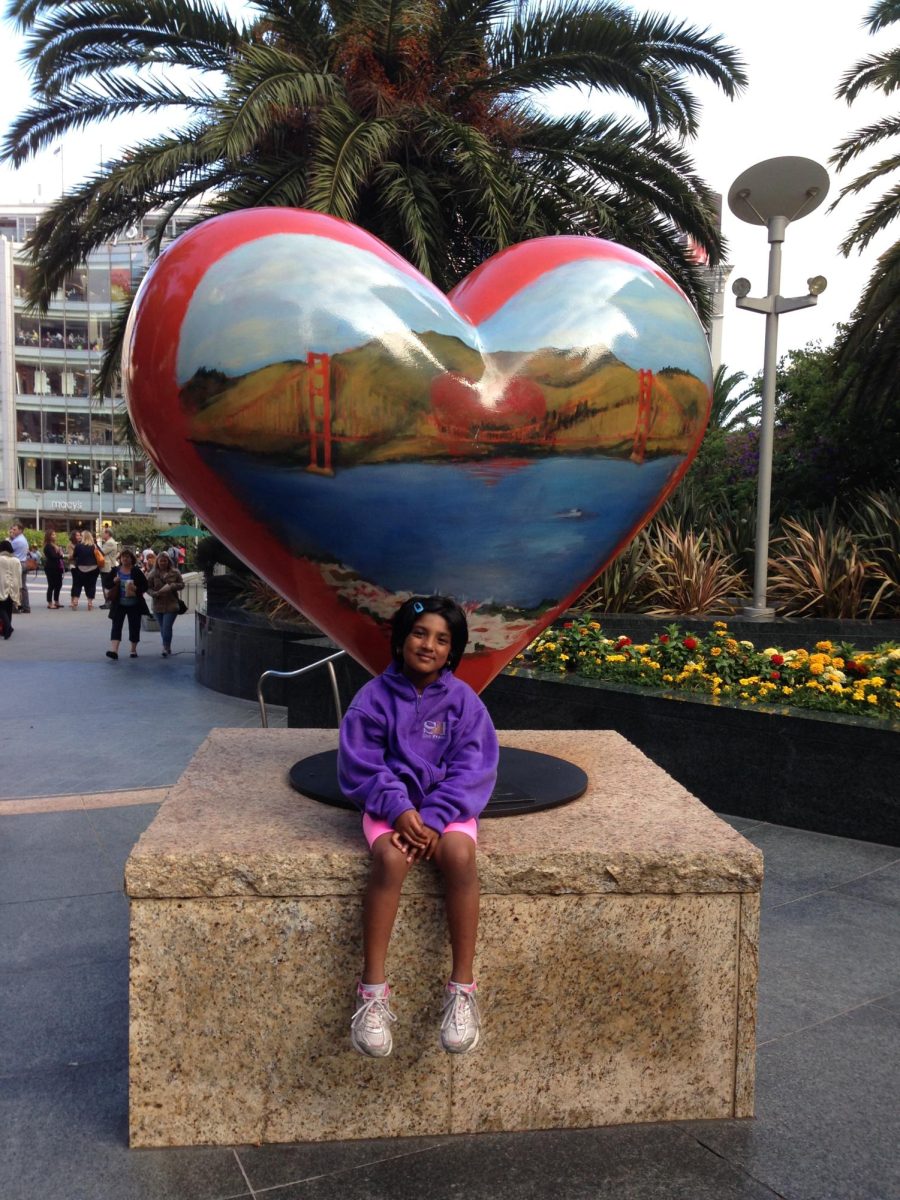I reminisce about the joys of depressing public transit rides: its loud screeches as it shoots through the tunnels; the jarring putters of the bus’ exhaust; sitting alone in the backseat of a 30 seater bus, or surrounded by misogynistic middle-aged men.
Every month, I take Route 35 bus to Dublin BART station, connecting to Union Station from where I proceed to take the Dumbarton bus across the bay to visit my sister in college. Objectively, it’s not a pleasant ride; a 50 minute drive turns into a tiring, unsleepable, repugnantly odored two hour trip, if I’m lucky. If I’m not, I’m stuck dealing with delays and the all-too-often train breakdowns with unstable people. But I’m not here to voice my objective opinion. Weirdly enough, riding public transportation is one of my favorite pastimes.
In our car-centric society, where eight-lane highways stretch across the country and parking lots cram our cities, infrastructure feels like white noise — but it shapes our behaviors in ways we don’t even think about.
If you’ve never traveled outside America, chances are you haven’t experienced the common delights of a walkable city. In Europe, infrastructure is the basis of a city; land-use plans and transit plans go hand in hand when designing new cities. The sustainable transit-infused architecture of the Netherlands, or the bicycle-centric cities of Denmark irresistibly entice even the most car dependent American tourists.
In Japan, strict time tables of bullet trains, subways and buses only work to promote the exceptional efficiency seen in the very core of Japanese culture. Tokyo’s subway system boasts 14 million riders a day, by far the most efficient public transportation networks in the world. With such high ridership numbers, Tokyo Metro is able to cut down fare costs to a range from $1.21 to $2.22 depending on the number of km you plan to travel, while the Bay Area’s BART — which has only 10 more miles of route than the 121 miles of Tokyo Metro–can cost more than $20 for a roundtrip.
While barriers such as high costs, lack of efficient and on time schedules, dirty conditions, and sparse routes plaguing the public transportation systems of the Bay Area, these problems can be solved by the simple switch in mentality; increased ridership means more funds and investments into the overall welfare of our networks.
Yet this is extremely difficult to accomplish considering how terrible the public transportation around the Bay Area is.
In the last months of 2022, BART data revealed that only 71% of their trains were on time. BART has now become a ticking time bomb for something to happen; homelessness, mental health, and substance abuse issues prevail in the stations and trains.
Commuters only ride if they have to; teenagers don’t bother using unless they don’t know how to drive yet; the common citizen doesn’t even know it exists. But it wasn’t always this way.
As the car industry began to gain traction in the mid 1900s, America began to advertise cars the same way they did with any modern commodity: TV’s, toasters, vacuums etc. With this, the construction of car-centric infrastructure followed.
Historically, transit systems were built first; railways extending west, cities based on the grids of streetcars, with housing and development following later. Yet this type of construction in America would be laughed upon now. But in many public transportation centered cities such as Hong Kong, Tokyo and Copenhagen, the expansion of transit systems pave the way for the development of cities.
In America, roads come first. The extension into nothingness is how we get these isolated suburban neighborhoods connected to no public transit, forever cutting off access. It’s hard to put the genie back in the bottle, so why should you even care?
Despite it all, the Bay’s public transportations systems don’t entirely deserve to be bashed down on. The County Connection bus line that runs through much of San Ramon, has live tracking of buses, accessible on Google Maps with updates on their location every 20 seconds. Their seats are clean and tidy–possibly because rarely anyone rides it–but they still provide a very decent experience. Every stop has automated voice reminders, and you can’t help but appreciate their efforts to improve short-distance public transportation.
Until we develop sustainable methods for efficient, reliable transportation that addresses homelessness and the housing crisis across the Bay — and until we start viewing public transit as a privilege and not a last resort — our future will only hold a bleak, car-invested, dystopian society.








